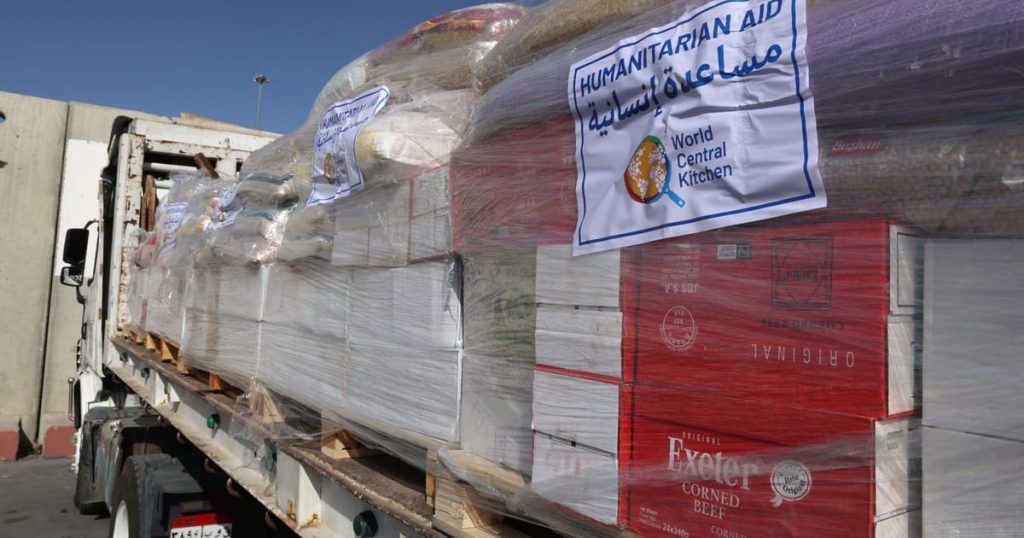I suggest the following measures:
First, donor countries should reconsider their approach to aid delivery. Instead of channeling humanitarian aid through the UNRWA — which isn’t correctly fulfilling its role in aid distribution — it’s crucial to start involving trusted outside personnel or smaller local organizations, which can ensure aid reaches its intended recipients.
Community-based targeting, which bypasses larger bodies in favor of distributing supplies through smaller local networks and community leaders, has often worked in other war zones, helping ensure aid reaches the most vulnerable. The ICRC’s collaboration with local volunteers in Somalia, distributing food and hygiene kits to internally displaced persons, is a good example of this.
Furthermore, establishing centralized safe zones overseen by outside personnel and the local population would be a more effective approach. Closely monitored to prevent Hamas interference, these designated zones would allow non-combatant Gazans to safely shelter without fear of military fire, securely and directly receiving food rations or medical care as required. Such a method would better ensure the well-being of civilians and guarantee aid reaches its intended recipients.
Over the past two decades, billions of dollars in “humanitarian aid” to Gaza have contributed to building Hamas terror tunnels.
Today’s aid influx is resupplying Hamas terrorists. Thus, to genuinely assist the people of Gaza and avoid ongoing suffering, it’s crucial we collaborate with appropriate third parties in order to ensure all aid reaches its planned destination.
We must find a way to end the paradox of providing humanitarian aid to Hamas, and cease nourishing the very beast that will pose a grave threat to our future.

